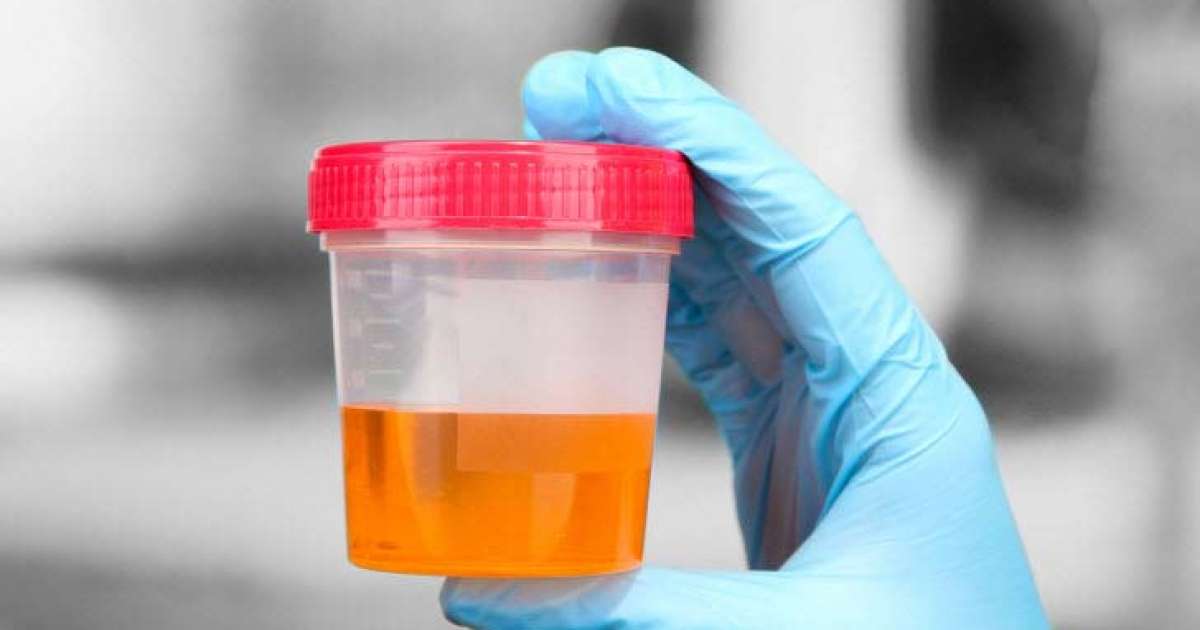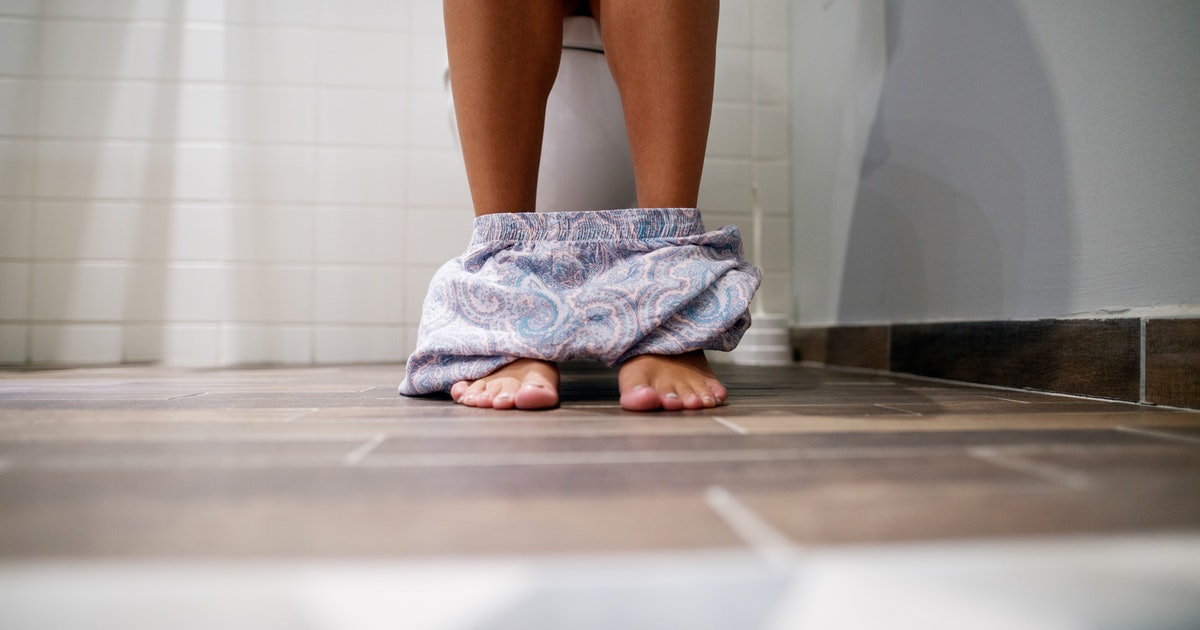What Are The Symptoms Of Biliary Atresia?
Dark-Colored Urine

Parents of infants with biliary atresia may notice changes in the color of the baby's urine. Normally, healthy urine is light yellow. Patients with liver and bile duct problems often produce dark-colored urine instead. While dark-colored urine can occur in healthy individuals who are dehydrated, it develops in infants with biliary atresia regardless of hydration levels. Parents may start to notice dark-colored urine in their baby's diaper at around two weeks after birth. To assess infants for possible biliary atresia, physicians will ask parents questions about their child's urinary output, and they may also perform a urinalysis. It can be helpful for parents to keep a diary of any noticeable changes in urine color or output so this information can be shared with their doctor. In particular, doctors will want to know when this symptom was first noticed, how long it has been occurring, and whether it occurs daily or intermittently.
Read more about the symptoms of biliary atresia now.
Pale Stool

Bile helps give stool its normal brownish color, and a pale stool is generally an indication that little to no bile can reach the intestine. Pale stools might look like putty or clay, and they could sometimes be white. Patients with this symptom typically also present with jaundice. Parents should make a note of any pale, clay-colored, or white stools their infant has, and the doctor should be informed urgently, as this symptom needs prompt investigation. Doctors will ask the parent questions about how long their child has been experiencing pale stools and about any color changes in the stool that may have occurred. They will want to know when this symptom began and whether it occurs regularly or just occasionally. Since pale stool is suggestive of liver and bile duct problems, doctors will perform blood tests and imaging studies to try to determine the underlying cause. Blood tests will be carried out to measure bilirubin and the levels of specific liver enzymes such as AST, ALT, and GGT. Patients will also have an abdominal ultrasound, and a DISIDA or HIDA scan will be done to check whether bile can flow from the liver into the gallbladder and intestines. Pale stools often resolve once bilirubin levels are normalized.
Get more details on the symptoms of biliary atresia now.
